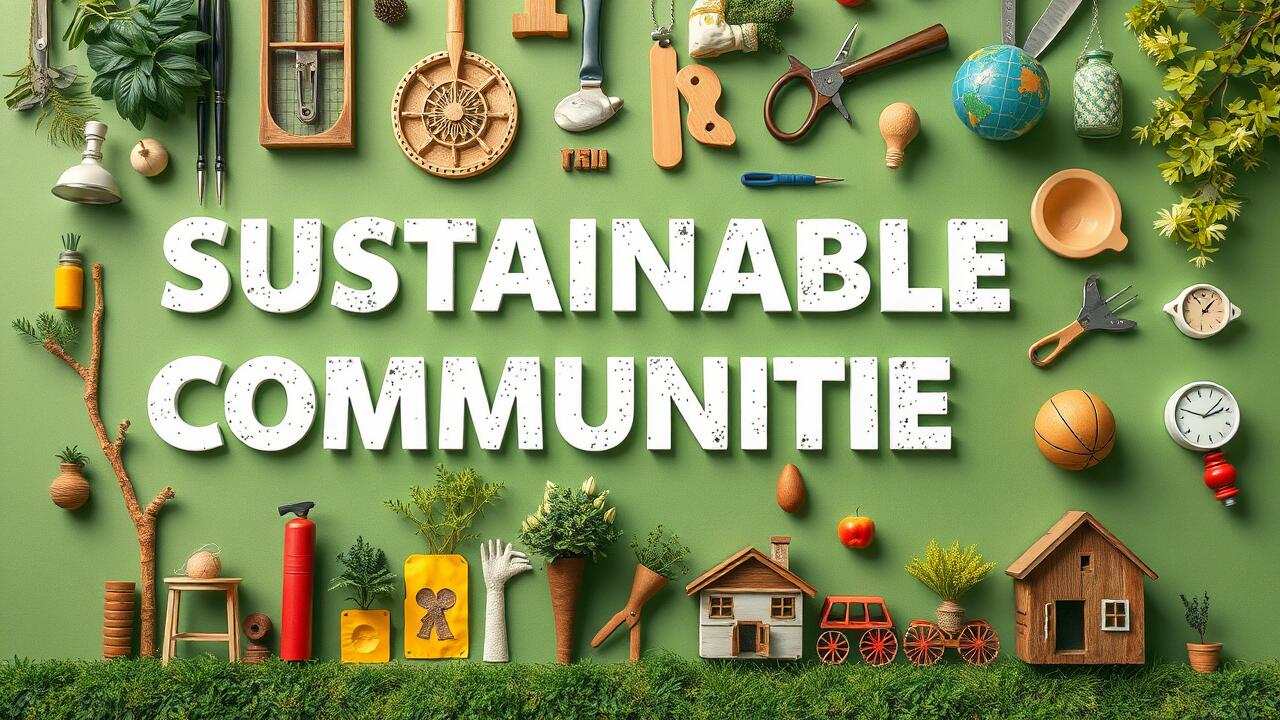Across the world, many traditional societies have lived in close connection with nature for centuries. Their customs, rituals, and daily habits are not only spiritual or symbolic but also deeply ecological. These practices often reflect an understanding that humans are part of the natural world—not separate from it. In an age of climate change and environmental degradation, these cultural traditions offer timeless lessons on sustainability and coexistence with the planet.
Indigenous Wisdom and the Principle of Balance
Indigenous communities across continents have long viewed the Earth as a living entity deserving respect and care. Native American tribes, for instance, believe in the concept of “Mother Earth,” emphasizing reciprocity—taking only what is needed and giving back through rituals or conservation acts. Similarly, the Māori of New Zealand uphold the idea of kaitiakitanga, which means guardianship of the environment. This belief system encourages people to protect forests, rivers, and wildlife as part of their spiritual and moral duty. These indigenous frameworks teach that true environmental harmony arises from balance, not dominance.
Asian Philosophies of Harmony with Nature
Eastern philosophies have historically emphasized the interconnectedness of all life. In Japan, the concept of satoyama describes landscapes where human settlements coexist with forests and rice fields in ecological balance. This approach integrates agriculture, biodiversity, and human habitation. In China, Daoism teaches alignment with the natural flow, or “the Way,” advocating for moderation and harmony rather than exploitation. Meanwhile, Indian traditions rooted in Hinduism and Buddhism promote ahimsa (non-violence) and reverence for life, inspiring eco-conscious behaviors such as vegetarianism and sustainable water use.
African Traditions and Community Stewardship
Many African cultures have developed practices that protect ecosystems through collective responsibility. In Ghana and Nigeria, sacred groves—small forest patches protected for spiritual reasons—act as biodiversity sanctuaries. The Oromo people of Ethiopia follow safuu, an ethical code that dictates respect for nature and forbids unnecessary harm to animals and trees. Communities often enforce seasonal bans on hunting or farming to allow the land to regenerate. These customs show that African societies have long embedded environmental ethics into their cultural frameworks, ensuring both ecological balance and community welfare.
European Folk Ecology and Seasonal Rhythms
Before industrialization, European villages maintained sustainable lifestyles deeply connected to the rhythms of nature. The Celtic festival of Beltane celebrated seasonal change and encouraged agricultural renewal through rituals that honored fertility and land productivity. Scandinavian societies built homes using local, renewable materials like timber and sod, blending construction with the environment’s natural contours. Mediterranean farmers relied on terraced farming to prevent soil erosion and manage water efficiently. These folk traditions demonstrate how pre-industrial Europe valued environmental harmony as a matter of survival and gratitude.
Oceanic Cultures and Marine Conservation
Island communities in the Pacific Ocean developed intricate systems to protect marine ecosystems. The Hawaiian kapu system, for example, restricted fishing during certain seasons to allow fish populations to recover. In Micronesia and Fiji, customary marine tenure ensured that reefs and fishing grounds were managed collectively, preventing overexploitation. These traditions now inspire modern marine conservation policies that emphasize local stewardship and community-based resource management, bridging ancient wisdom and contemporary science.
Table: Cultural Practices Supporting Environmental Harmony
| Region/Culture | Practice | Environmental Impact |
|---|---|---|
| Native American | Offerings and resource limits | Promotes ecological balance and spiritual connection |
| Japan (Satoyama) | Sustainable farming-forest integration | Maintains biodiversity and rural sustainability |
| Ghana/Nigeria | Sacred groves | Protects rare species and forest ecosystems |
| Pacific Islands | Seasonal fishing bans | Preserves marine life and coral reef health |
| Scandinavia | Timber and sod architecture | Reduces environmental footprint and energy use |
Festivals and Rituals that Honor Nature
Cultural celebrations often reflect deep respect for natural cycles. India’s Makar Sankranti marks the harvest season, promoting gratitude for the sun’s life-giving energy. Japan’s Hanami festival celebrates the fleeting beauty of cherry blossoms, encouraging mindfulness of nature’s impermanence. In many Indigenous cultures, ceremonies are performed to thank the Earth after a good harvest or rainfall. These rituals not only strengthen social bonds but also remind communities of their dependence on natural systems—a lesson increasingly vital in modern times.
Sustainable Agriculture in Traditional Societies
Traditional farming methods are another area where cultural practices promote environmental harmony. The ancient Chinampas of Mexico—floating gardens built by the Aztecs—are a model of ecological engineering that maintained soil fertility and water balance. In Bali, the Subak irrigation system, governed by temple networks, ensures fair water distribution and sustainable rice cultivation. African rotational grazing and intercropping methods prevent soil depletion and support biodiversity. These practices demonstrate that sustainability is not a new concept; it has been the foundation of agriculture for millennia.
Art, Architecture, and Eco-Aesthetics
In many cultures, art and architecture reflect a respect for natural resources. Indigenous art uses earth pigments, shells, and organic fibers, showing harmony between creativity and the environment. Japanese minimalism, rooted in Zen philosophy, embraces natural materials and empty space to evoke peace and balance. In the Middle East, wind towers and courtyards in traditional architecture provide natural cooling, reducing the need for artificial energy. These designs embody eco-aesthetics—beauty achieved through environmental awareness rather than excess.
Modern Revival of Cultural Environmentalism
As climate challenges intensify, many modern movements are rediscovering traditional knowledge as a key to sustainability. Governments and NGOs increasingly collaborate with Indigenous communities to integrate traditional ecological practices into policy frameworks. Educational programs and eco-tourism projects highlight how cultural heritage can guide sustainable development. By combining scientific innovation with cultural wisdom, societies can create environmental solutions that are both effective and ethically grounded.
FAQs
1. Why are cultural practices important for environmental sustainability?
Cultural practices embody generations of ecological understanding, teaching people to live in harmony with natural cycles and resources. They help build community-driven approaches to conservation that are practical and respectful of local traditions.
2. How can modern societies learn from traditional environmental wisdom?
Modern societies can adopt principles such as resource moderation, seasonal awareness, and respect for biodiversity. Integrating these ideas into policies, education, and urban planning promotes long-term environmental balance.
3. Which cultural practices are being revived in modern sustainability efforts?
Many Indigenous conservation methods, traditional farming techniques, and community-managed resource systems—like Japan’s Satoyama and Hawaii’s kapu—are being reintroduced as models for sustainable living and climate resilience.



